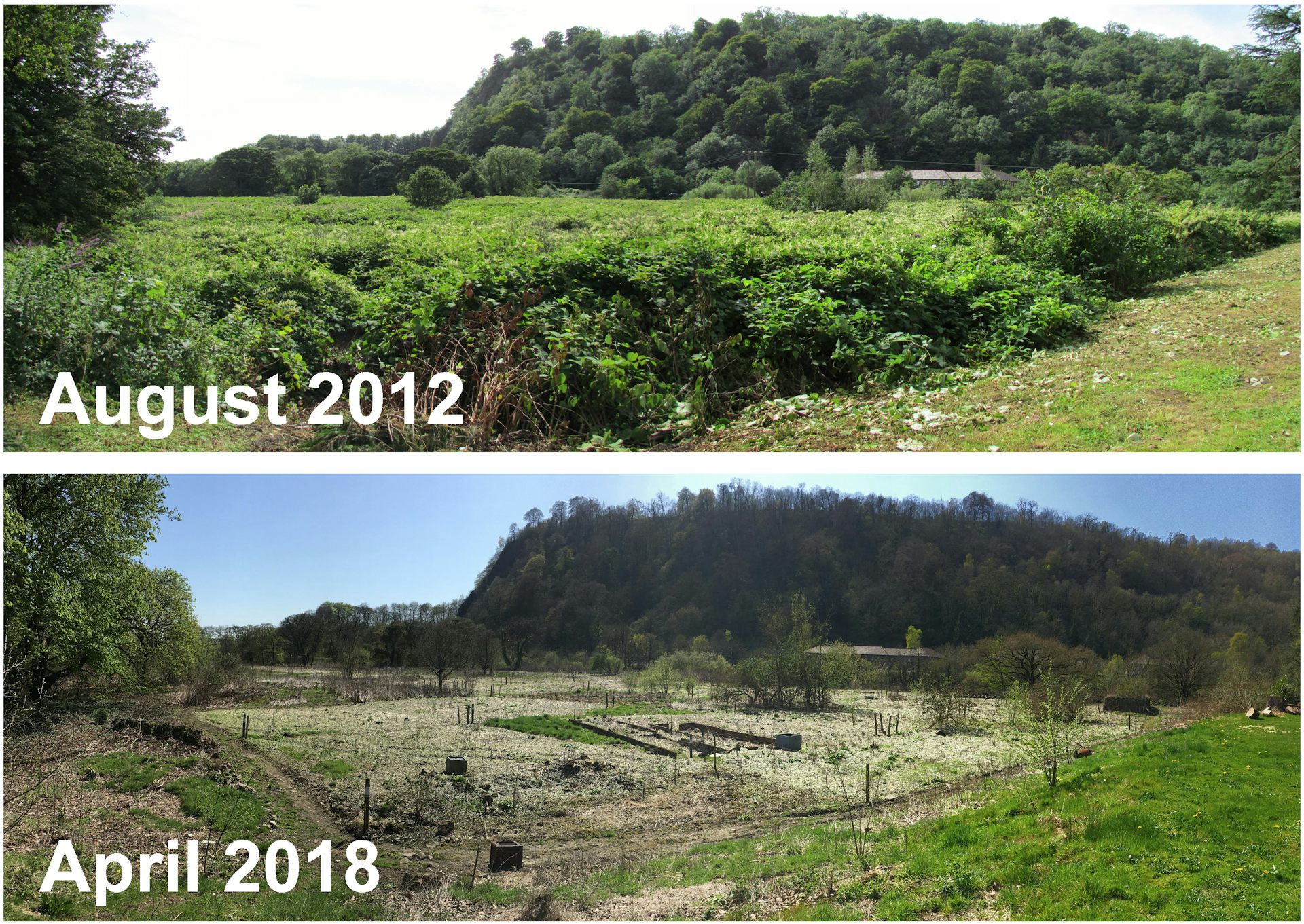(MENAFN- The Conversation) Japanese knotweed (Fallopia japonica var. japonica) was introduced into Europe in the mid-19th century by Philipp Franz Balthasar von Siebold, a German botanist and physician living in The Netherlands. In 1850, von Siebold sent a specimen of Japanese knotweed to Kew Gardens in London and by 1854, knotweed had travelled as far as the Royal Botanical Gardens in Edinburgh. Just over 30 years later, in 1886, Japanese knotweed was found growing in the 'wild' for the first time, in Maesteg, south Wales.
Now, the plant is found in over 70% of UK hectads – 10km × 10km grid squares used to measure animal and plant distributions – although it is worth noting that this does not necessarily indicate high abundance in all areas. It is also established across mainland Europe, North America and the southern hemisphere. This global spread is astonishing – particularly as, to date, it has only occurred via plant fragments (vegetative) and not from (viable) seed.
In the UK alone, it is estimated that controlling Japanese knotweed costs the economy around £170m every year . There are at least 15 different active control methods and herbicides used in the country, and an extensive control industry has built up around the plant.
But, until now, there has never been a study of the scale needed to truly test how effective these treatments are. They are being sold to home and land owners with no unbiased research to back up their worth. However, we have recently completed the largest Japanese knotweed field trial ever conducted globally , and working with academic and industry partners, found the best way of treating the plant long term.
Control not kill
The key to our approach was to understand the plant, in order to control it. Japanese knotweed's ease of spread and rapid growth from a deep rhizome (root) system was initially prized for planting schemes. However, from an ecological perspective, these plant traits are precisely why it has become a huge problem for native biodiversity and, increasingly, wider society.
Rapid growth from early in the growing season (February onwards in the UK) excludes most native plants from well-established Japanese knotweed patches (known as 'stands'). This is because the dense canopy of leaves shades out other species. This shading effect is amplified as insects do not graze on knotweed plants, and native diseases don't keep the plant in check either. Knotweed also produces a thick leaf litter, and chemicals that inhibit the germination and growth of native plants. It dominates non-native habitats, displacing native plants and altering how local ecosystems function – for example, in soil nutrient cycling.
During our research, it became apparent that because a Japanese knotweed stand contains significant underground and spreading biomass, we would need to do large field trials, to reflect real world conditions. So, we set up 58 different 15 metre × 15 metre (225 square metre) field trial plots, located in south Wales (UK), and repeated each method three times in these areas.
Between 2011 and 2016, we tested all control methods and herbicides used for controlling knotweed in the UK, Europe and North America – 19 in all. This experiment continues to be unique in terms of scale, duration and scientific rigour. But it is plain to see why this research has not been conducted before – the commercial cost has been (conservatively) estimated at £1.2m. However, given the ongoing costs of managing knotweed in the UK, the value of the experiment is self-evident.
Our research has highlighted the most appropriate way to treat established Japanese knotweed stands and, surprisingly, a number of other methods which are poor or totally ineffective at field scale. We now know that glyphosate-based herbicides are significantly better than all other herbicide groups currently used for knotweed control, and that physical methods such as covering up and cutting down knotweed simply do not work. Importantly, we are not describing eradication (which is almost impossible to acheive), but rather a type of extended 'dormancy' where the plant does not grow above ground.

Additionally, we have also found that understanding when to apply the herbicide by considering the biology of the plant, specifically the seasonal surface-rhizome resource flows, is critically important. From this, we have defined a new patent pending approach to Japanese knotweed treatment, The 4-Stage Model™, which links herbicide selection and application with the seasonal surface-rhizome flows in the knotweed plant.
We are now working to replace outdated guidance based on short-term experiments and anecdotal information. We're discovering how best to tackle invasive plants in real world conditions, informed by the evidence of what actually works.
While we acknowledge the current political debate surrounding glyphosate use and licence renewal for this herbicide, the effective outcomes of using glyphosate-based treatment seasonally requires lower doses of herbicide across the whole treatment life cycle. It is also more sustainable than other control methods that do not work.
All in all, our ongoing experimental approach delivers a more affordable knotweed treatment that is also more environmentally friendly than traditional, blanket application of herbicides.
Invasive species Herbicides

MENAFN2504201801990000ID1096769538
Legal Disclaimer:
MENAFN provides the information “as is” without warranty of any kind. We do not accept any responsibility or liability for the accuracy, content, images, videos, licenses, completeness, legality, or reliability of the information contained in this article. If you have any complaints or copyright issues related to this article, kindly contact the provider above.